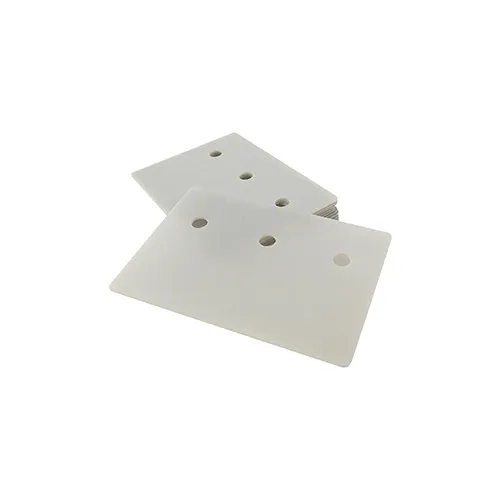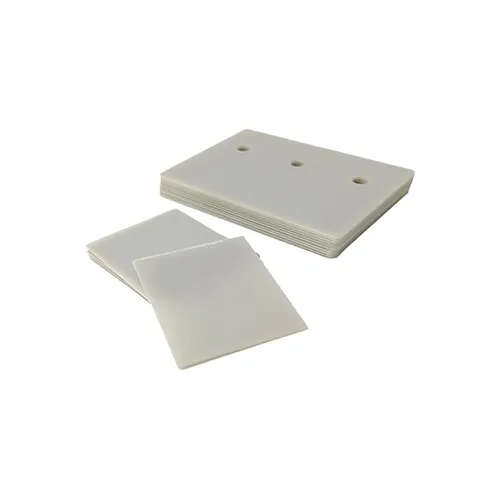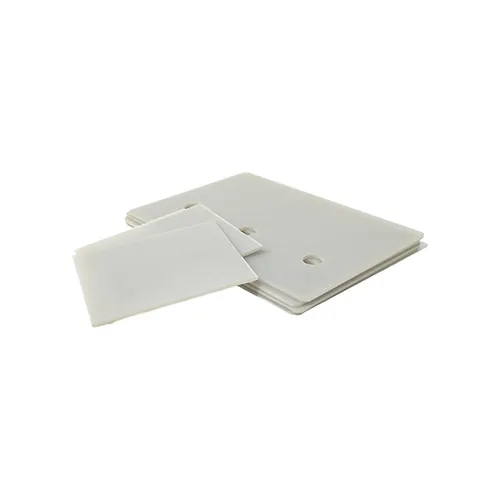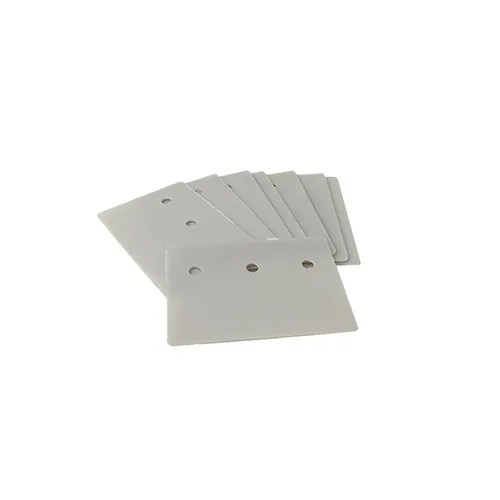In accordance with the European Union’s General Data Protection Regulation (GDPR), we are committed to safeguarding and ensuring your control over your personal data. By clicking “Accept All” you are permitting us to use cookies to enhance your browsing experience, assist us in analyzing website performance and usage, and deliver relevant marketing content. You can manage your cookie settings below. By clicking “Confirm” you are agreeing to the current settings.
XL-25D Ceramic Heat Spreader
- Best for limited space
- High thermal conduction/ Low thermal expansion coefficient
- Reliable insulation performance
- High reliability
- Non-toxic/ High temperature resistance
| Standard Sizes (mm) | ||
|---|---|---|
| 1. TO-220 20x14x0.635 | 2. TO-220 20x14x1.0 | 3. TO-220 12x18.5x1.0 |
| 4. TO-247 22x17x0.635 | 5. TO-247 22x17x1.0 | 6. TO-264 28x22x0.635 |
| 7. TO-264 28x22x1.0 | 8. TO-3P 25x20x0.635 | 9. TO-3P 25x20x1.0 |








